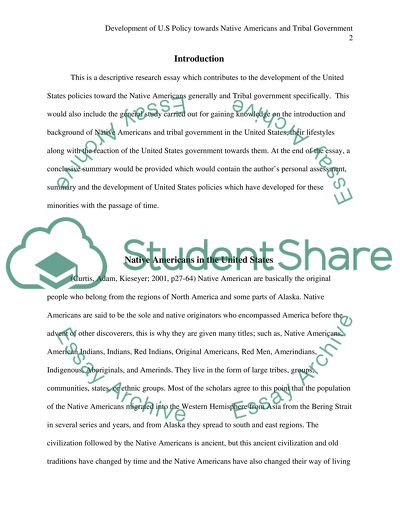Cite this document
(“Development of U.S Policy towards Native Americans and Tribal Essay”, n.d.)
Development of U.S Policy towards Native Americans and Tribal Essay. Retrieved from https://studentshare.org/politics/1500073-development-of-us-policy-towards-native-americans-and-tribal-government
Development of U.S Policy towards Native Americans and Tribal Essay. Retrieved from https://studentshare.org/politics/1500073-development-of-us-policy-towards-native-americans-and-tribal-government
(Development of U.S Policy towards Native Americans and Tribal Essay)
Development of U.S Policy towards Native Americans and Tribal Essay. https://studentshare.org/politics/1500073-development-of-us-policy-towards-native-americans-and-tribal-government.
Development of U.S Policy towards Native Americans and Tribal Essay. https://studentshare.org/politics/1500073-development-of-us-policy-towards-native-americans-and-tribal-government.
“Development of U.S Policy towards Native Americans and Tribal Essay”, n.d. https://studentshare.org/politics/1500073-development-of-us-policy-towards-native-americans-and-tribal-government.


